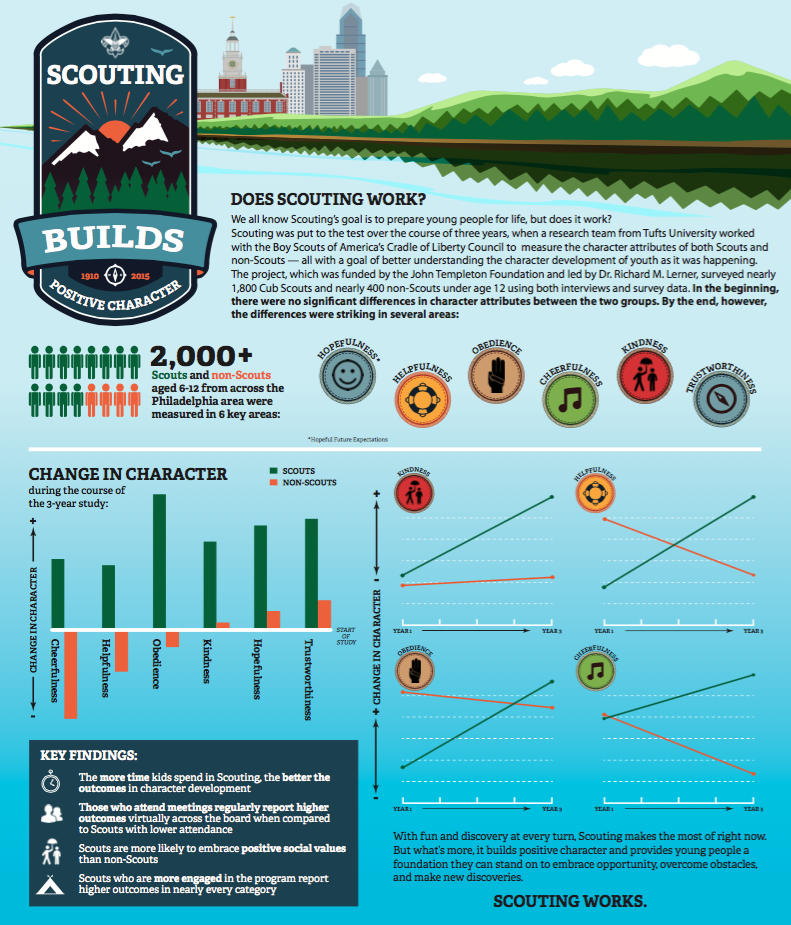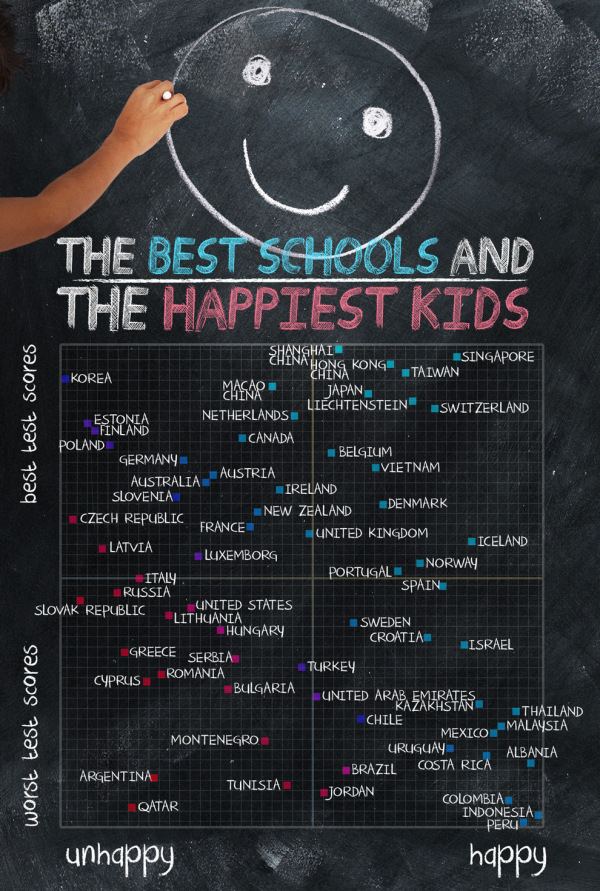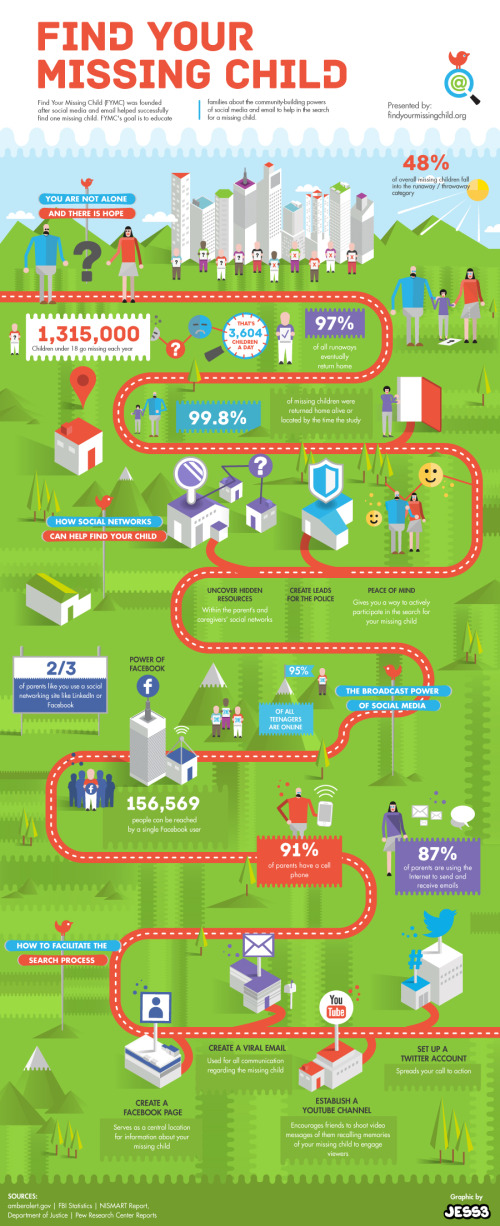Does Scouting Work?
The Does Scouting Work? infographic was created by the Boy Scouts of America based on the results of a study done by Tufts University comparing scouts to non-scouts. The infographic focuses on the four key points from the study and their statistical findings.
The Boy Scouts also created a downloadable PDF, presentation slides and a press release based on the same results and design. This is a great way to leverage the design assets that were created in multiple formats.
Current and former Scouts have always felt that Scouting has made a difference in their lives, and now a study out of Tufts University has found that Scouting does in fact have a measurable, positive impact in the character development of young people.
The study, funded by the John Templeton Foundation, involved nearly 1,800 Cub Scouts and 400 non-Scouts under the age of 12, and was conducted over three years. It sought to measure the difference Scouting makes in young people’s lives as those positive changes were happening.
“After three years, Scouts reported significant increases in cheerfulness, helpfulness, kindness, obedience, trustworthiness, and hopeful future expectation,” said Dr. Richard M. Lerner, who led the study at Tufts University. “In our control group of non-Scouts, there were no significant increases, and in some cases (e.g., religious reverence) there was an observed decrease, which was quite striking.”
In addition, the study found a direct correlation between the amount of time boys spent in Scouting and the positive impact realized—those who spent more years in the program reported higher character attributes. Scouts who were more engaged also reported higher character attributes. And those who attended regular meetings reported higher character attributes compared to those with lower attendance.
It's always great to hear about a program's success when it comes to helping develop kids. By highlighting the research's four best results, they don't end up bombarding a reader with too much information. This could be enough to encourage a parent to enroll their kid in Scouts, or entice a curious reader into learning more about the study and scouts in general.
The infographic appears to have been designed by the national office of the Boy Scouts of America and published here. Many other scouting sites have reposted the infographic, and it would really be helpful to readers to have the URL to the original infographic page in the infographic image. That way readers can find their way back to the original design.









 Randy
Randy






